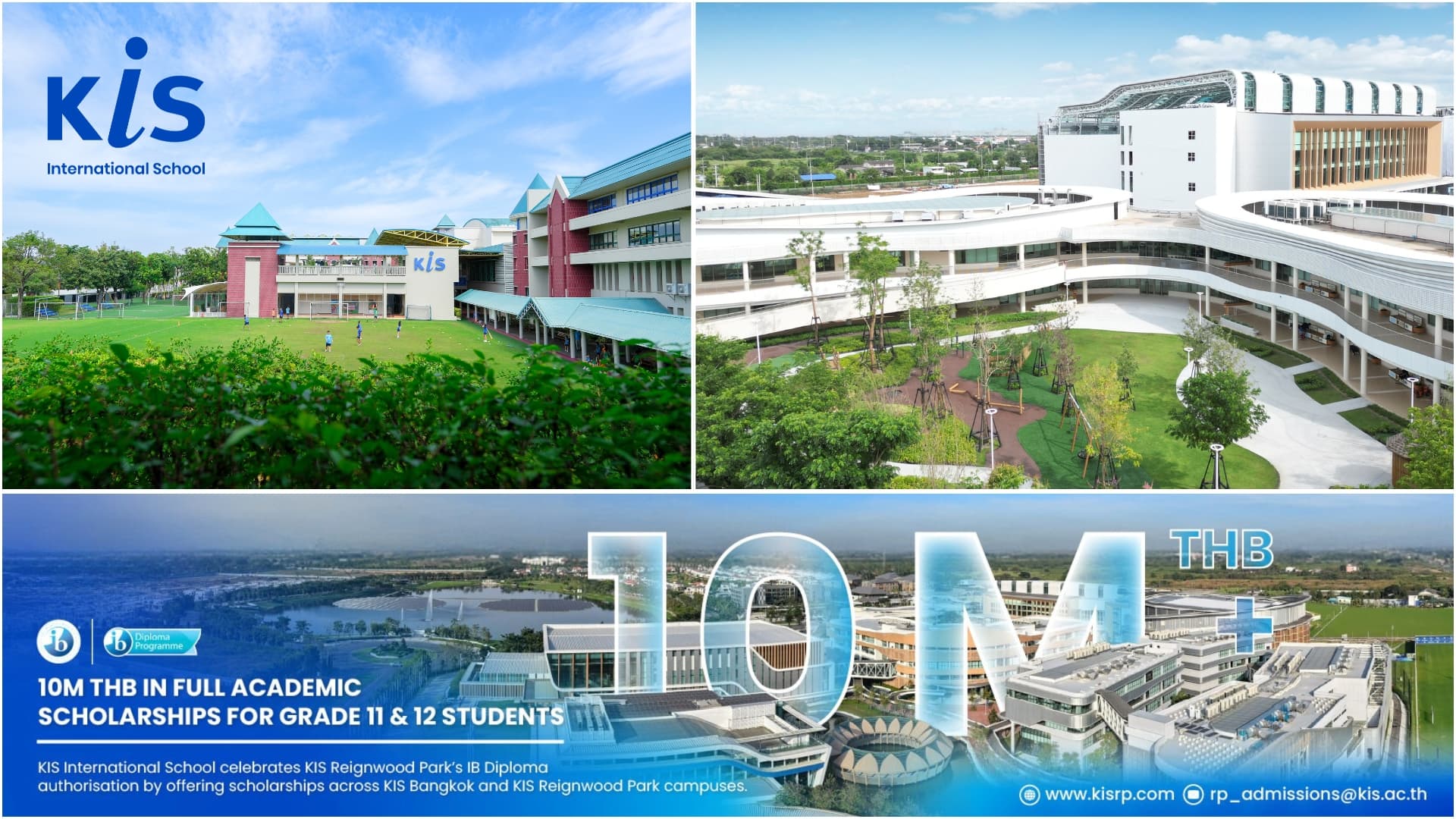
Vietnam is a Southeast Asian country bordering Laos, Cambodia and China. The country’s economy has thrived in recent years leading to a rise in expatriates, foreign investments and a growing middle-class population. These factors have also led to the growing number of international schools in Vietnam.
Here are three things you should know about the international school scene in Vietnam!
1. Quota revision of local children in international schools
In 2018, the Vietnamese government introduced Decree 86 to develop the private education sector and regulate foreign investments. A highlight of this new decree is the quota increase of the enrolment of local children in international schools to 50%. The previous policy implemented a quota of only 10% local enrolment at primary school level and 20% local enrolment at secondary school level. This quota revision has increased the demand for international education in Vietnam and has transformed the country into a market for opening new international schools.
2. Over 70 English-medium international schools
The majority of international schools in Vietnam can be found in Ho Chi Minh City. There are also international schools located in expat-friendly areas such as Hanoi, Hoi An and Da Nang. The American Curriculum is the most popular international curriculum offered by Vietnamese international schools. Other curricula offered include the British Curriculum, the Canadian Curriculum, the International Baccalaureate Curriculum and the International Primary Curriculum. International school students will have an opportunity to gain globally recognised qualifications such as the IGCSE, American High School Diploma, SATs and the IB Diploma Programme. In addition, international schools which hold local licences offer bilingual teaching in Vietnamese and English as well as Vietnamese culture classes.
3. Growing demand from local parents
In 2014, Vietnam’s Ministry of Education and Training reported over 100,000 local students moving abroad to further their studies. It is common for parents to send their children as young as 12 and 13 to boarding schools in the United Kingdom, United States, Australia and Singapore. The middle-class population in Vietnam recognise the importance of an English-medium education and are willing to invest a lot of money into their children’s studies. The government hopes that the enforcement of Decree 73 and the wider availability of private education options will encourage parents to enrol their children in local international schools instead of sending them overseas.
Are you looking for an international school in Vietnam? Use the powerful School Finder and School Comparison tool on the Education Destination Asia website today!





















![[St. Joseph’s Institution International School Malaysia] The Lasallian Education Ethos for a Better Future - Gratitude and Giving](https://eda.sgp1.digitaloceanspaces.com/production/TfRAxzU6ATHvsmC0lblUPD8peQ36lt.jpeg)










